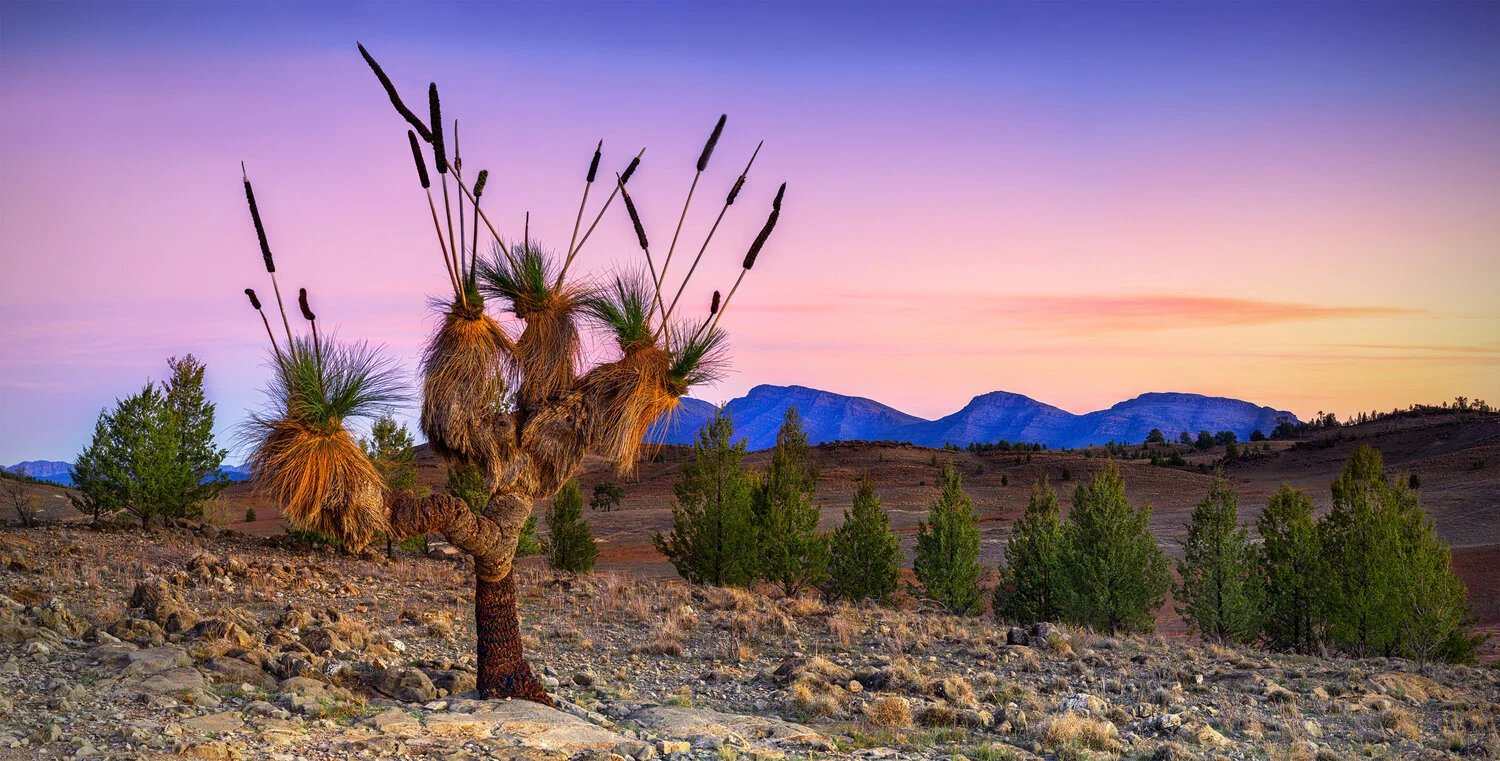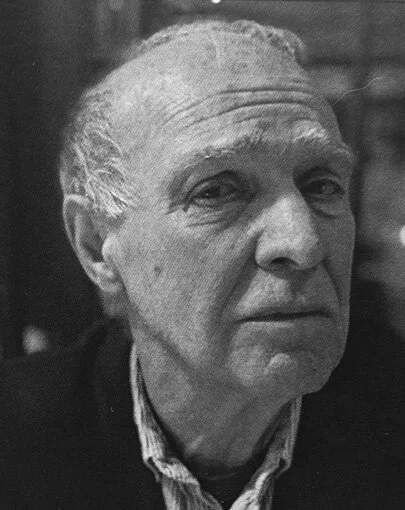VENICE ODYSSEY: HOPE AND ANGER IN THE ICONIC CITY - BY NEAL ROBBINS
Venice the eternal enigma
Big reads are brilliant boosts in times of trouble Pandemics in principal.
Who hasn’t ploughed through ‘The Mirror and the Light’ and now knows everything there can be possibly scoured from the sources of history about medieval life? “Did you realize Henry V!!!’s new outfits cost as much as his battleships?” confided a friend at the end of her stint with the Mantel masterpiece. I have put in the hours with my own in- depth 600 pages – all about Thomas Hardy. I still can’t decide whether he was mean to his wife or she was quite bonkers - I have enough evidence to sustain a lecture series on their marriage
But at the hopeful limit of lockdown I am glad I read every single word of Cambridge writer Neal Robbins’ book on Venice, Hope and Anger in the Iconic City. On every page is some insight into European culture; its music - Vivaldi, the Red Priest, became famous with his choir of orphaned abandoned girls choristers whom he trained into master musicans, or history - Marco Polo who returned to Venice after 24 years as a traveller to court of Emperor Khublai Khan. Unrecognized in his shabby clothes he summoned his relatives, ripped off his rags to reveal his Venetian outfit, cut open a hidden pocket from which spilled diamonds and precious stones valued at a million pounds. No one ever really believed him - his dying words were ‘ I only told half of what I saw’ , environmental disasters of present day corruption – I never knew about the lunatic import of Philipinno clams which made some Venetians a fortune in the early 2000s but have helped to damage the marine ecology that sustains the marvel that is this magical city, balanced precariously on its islands. And there is poetry throughout the book,- here is Veronica Franco
”Venice the one and only
Miracle and wonder of nature
The high ruler of the sea,
Lofty virgin inviolate and pure
Without equivalent or peer in the world
Where I, too thank God was born
Yet the layers of knowledge and web of revelations Robbins records in these pages is so easy to read. At the end of this immense work, you are a more cultivated, cultured individual than when you began – but the prose flows and hooks you in. This is travel writing at its best .
This new book on Venice is set fair to be the most astounding travel adventure this year. Robbins adopts a city familiar as the heart of European culture and gives it a fresh – even at times – brutal treatment. Jan Morris holds the crown for her scholarly study , by 1993 in its third edition. And for good reason; it is thorough, thoughtful and brilliantly written. But Robbins’ work is truly a rival to match Morris’ depth of insight, a new version for a new generation, for he brings a very modern sensibility to his city. In these dense pages he explores the complex ways of the world – whilst he conjures its vibrant inhabitants, people with stories, lifestyles, and food loves.
And like Jan Morris, Neal Robbins is a gifted journalist. If the 500 pages ahead appear daunting, the reader is soon deep into the story of this writer’s captivation with a city that has dazzled travellers since from the days it emerged from the sea into an architectural wonder the world had never seen before – and cannot again. And for all its antiquity Venice is a source of relevance at every moment
“Every time I describe a city I am saying something about Venice’ says Italo Calvino, author of Invisible Cities. Robbins takes us on a tour of his own life alongside the long centuries of his chosen city. It is a travelogue , a personal history, a cultural account and an investigative journalist’s foray into the heart of somewhere that has fascinated generations of world citizens.
The book opens like Robinson Crusoe, our hero out on an adventure
“ I borrowed a little Venetian boat a sandolo. My fiend’s Mamma watched from window over the canalas I rowed by in the slender vessel, silently gliding over the glassy waterways that crisscross Venice. I looked up at her and smiled. I was making my way through the medieval-scale city and heading out into the lagoon, the 552 qq km surrounding body of water, almost as vast as Chicago. I aimed to be in, that very day an extended exploration of the scores of ancient islands scattered around it” It was June 1976, the summer after college. I was a 22 year-old American from Chicagoland and I had no idea what I would encounter or how long I might be away. . . I would just row and I would write about whatever happened. I had brought my portable typewriter and sleeping bag with me, for I imagined myself to be an explorer and had long been a writer having edited my school and college newspapers I felt sure my fearless journalistic spirit wold be sufficient for any exigency.
I rowed in the Venetian style, standing up looking forward , oar grapsed with both hands, like a gondolier. I was in Venice on a return visit to look up Italian friends . .
“I wanted to explore wild and difficult places and pen stories about them in gripping prose.
“So I was rowing off my by myself , the still cool morning air soothing my cheeks. I rowed for a couple of hours aiming to reach a nondescript island whose name I never discovered and I arrived by mid-morning just as the sun began to hear down.’ Later ‘Sitting on a little rise, I looked back at Venice. The Serenissima, the most serene ‘city of legend’ with stories on every street, every doorway and every nook, a place where I had first discovered the brotherhood of man by living among the Italian, where I had learned to speak the language and where I had found lifelong friends’.
The tone is of course self- mocking. Our hero broils under a tree for hours bashing at his typewriter and still the sun beats down , until boredom drives him back to Venice and his always-understanding warm Italian family hosts.
The double frame of the entire adventure is fascinating. It was in 1971 the young Neal first arrived in Venice with a grand send off from his home town near Chicago
“I had first come to Venice five years earlier in 1971. I got a minor celebrity send-off. I still have the clipping from the suburban Chicago newspaper reporting on my imminent departure as my town’s ‘envoy’ to Venice. The grainy black-and-white photo shows a tousle-headed me seated next to the mayor of my hometown, Highland Park. He is leaning over my shoulder, signing a letter of greeting to the mayor of Venice that I would take with me.’
For a book that contains 500 interviews and rafts of research, it never fails to entertain. The frame of the entire adventures is fascinating. Intriguing chapter titles, are woven into what the author calls Intermezzi, snippets of reflections from the simple On the boat with Zoe aged 4 with Teresa Sartori and Roberto Vianello- the Last of the Fisherman all the way to Luigi Armiato The Curator of the insane asylum museum or Felice Casson Political Myopia in Venice. One intermezzo from Ana Mammirali is Venice for a blind person
Maps, illustrations, photographs charts, all contribute this truly great work. Intriguing chapters
It is massive, but so worthwhile a way of finding your way through the art, the music the architecture the grandeur and the poverty of ancient and modern Venice. It is a monumental work and rewards every moment of reading – results in a scholarly but absorbing study at the heart of the world’s sense of its own history and its very meaning in the centre of world culture.
You can order the book from all good booksellers and Amazon via www.localsecrets.com.









